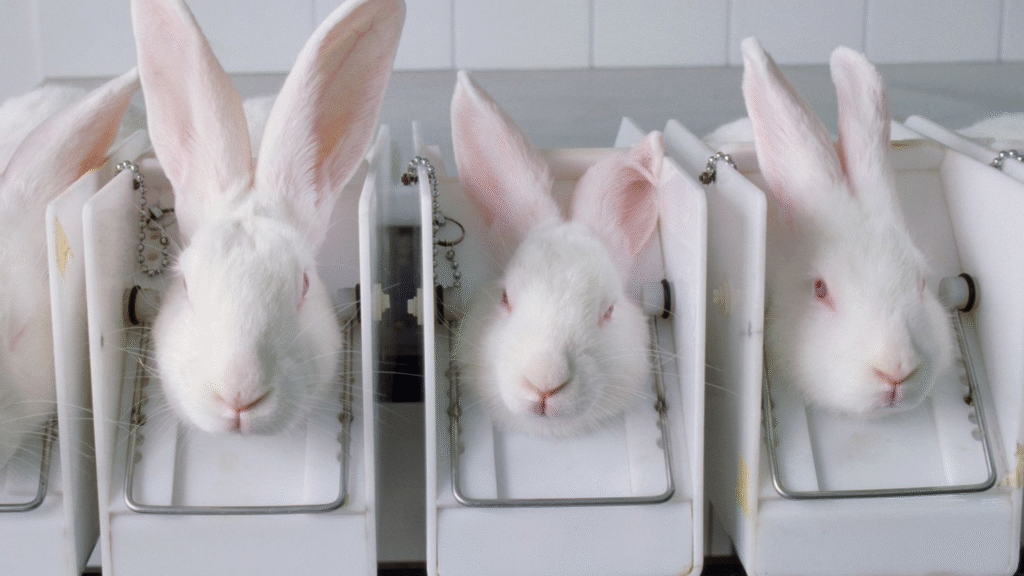Animal testing, also known as animal experimentation, is the use of animals in scientific and medical research. For many decades, animals such as mice, rats, rabbits, and monkeys have been used to test new medicines, cosmetics, chemicals, and other products to make sure they are safe for humans. While animal testing has helped develop important medical treatments, it remains one of the most debated and controversial practices in science and ethics today.
The controversy surrounding animal testing comes from a clash between two major concerns: the desire to protect human health and the need to respect animal welfare and rights. Some people believe animal testing is necessary to save lives, while others believe it is cruel and outdated.
This article explores both sides of the argument and explains why animal testing continues to be a topic of serious discussion.
The Case for Animal Testing

Supporters of animal testing argue that it is essential for medical progress. They believe that many scientific discoveries, including vaccines, antibiotics, and cancer treatments, would not have been possible without testing on animals. Before new drugs are given to people, they must be tested for safety and side effects. Since animals have similar body systems to humans, scientists can study how a new drug might work in the human body by testing it on animals first.
Animal testing has also helped in understanding diseases and how they affect living organisms. For example, research on animals has led to treatments for conditions like diabetes, HIV/AIDS, and heart disease. In many cases, testing on animals has saved millions of human lives.
Supporters also point out that animal testing is often required by law. In many countries, companies must prove that a product is safe before it can be sold, especially in the case of medicines and chemicals. Governments often require animal tests as part of that proof.
Some argue that there are currently no complete alternatives to animal testing. While computer models and cell cultures are being developed, they say these methods cannot yet replace the complex reactions that happen inside a living body.
The Case Against Animal Testing

Opponents of animal testing believe it is cruel, inhumane, and unnecessary. Animals used in labs may experience pain, fear, stress, and even death. They are often kept in cages, denied normal behaviors, and used in experiments that cause harm. Animal rights groups argue that it is wrong to use animals as tools, especially when they cannot consent or protect themselves.
Many critics also point out that animals are not perfect models for humans. Different species react differently to drugs and chemicals. A substance that is safe for a rat might be dangerous for a human, and vice versa. This means that animal tests do not always give accurate results. In some cases, drugs that passed animal testing later failed in human trials.
In recent years, new technologies have made it possible to reduce or even replace the use of animals in testing. These include computer simulations, artificial human organs, and advanced cell testing methods. Some researchers believe that these methods can be faster, cheaper, and more reliable than animal testing.
There is also growing public concern about the ethics of animal testing. Many people do not want to buy products that were tested on animals, especially cosmetics. Some countries have already banned animal testing for beauty products and have pushed companies to find alternative methods.
Laws and Regulations
Animal testing is regulated in many countries to ensure that animals are treated as humanely as possible. For example, researchers may need special permission before they can use animals. They may also be required to use the smallest number of animals possible and to reduce pain or suffering.
Some rules follow the “3Rs” principle:
- Replace animals with other methods if possible
- Reduce the number of animals used in experiments
- Refine the way experiments are done to lessen animal suffering
Even with these rules, the debate continues over whether the use of animals in research is ever justified.
Public Opinion
Public opinion about animal testing is divided and often depends on the purpose of the testing. Many people support animal testing for medical research but strongly oppose it for cosmetics or household products. In surveys, people often say that animal testing should only be used when there are no other choices, and when the testing is done in the most humane way possible.
As awareness grows about animal welfare, more consumers are choosing cruelty-free brands that do not test on animals. This change in public behavior has encouraged many companies to invest in non-animal testing methods.
The Future of Animal Testing
The future of animal testing is likely to be shaped by science, ethics, and public values. Many scientists are working to create new ways of testing that do not involve animals. As these methods improve, there may be less need to use animals in laboratories.
In time, animal testing may become less common or even disappear altogether for certain industries. However, until fully reliable alternatives exist, the debate will continue over when, how, and whether animals should be used in research.
Conclusion
Animal testing is a complex issue with strong arguments on both sides. It has contributed to major medical discoveries and helped protect human lives. But it also raises serious ethical questions about the treatment of animals and their right to live without suffering.
The controversy continues because it is not just a scientific issue—it is also a moral one. Finding a balance between human health and animal protection remains one of the biggest challenges in science and society today.
